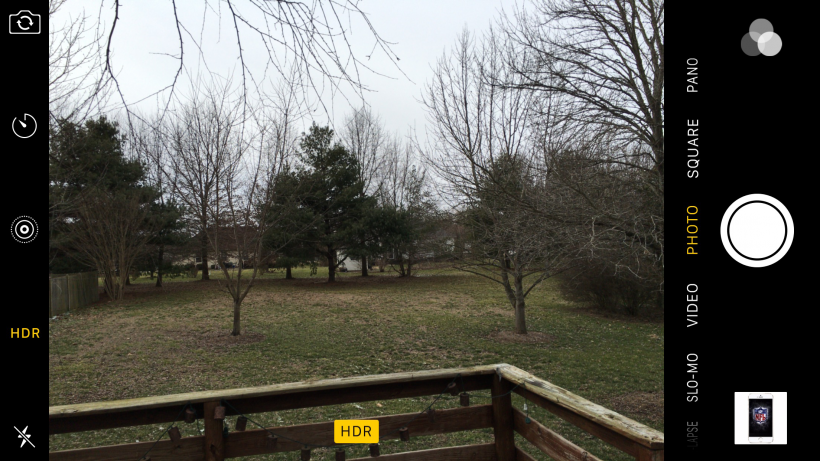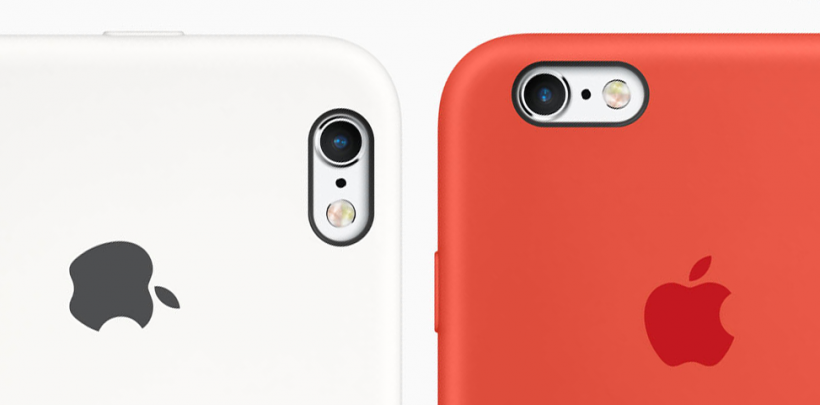Submitted by Rex Chamberlain on
The iPhone has undoubtedly revolutionized mobile photography since it was released back in 2007. Not surprisingly, the iPhone 6s and 6s Plus feature the best cameras Apple has ever released, but there are still many users who get less than satisfactory results when using their iPhone camera.
The photographer's mantra, "the best camera is the one you have with you", is exceedingly true but it certainly helps to know how to get the most out of your camera. Here are a few tips to help you take better photos with your iPhone.
Focus & Exposure

There are no two things more important to shooting photos than focus and exposure. The iPhone camera does a decent job of automatically adjusting focus and exposure, but there are a few things you can do to help. If you tap on the subject of your photo, Apple’s camera app will automatically adjust both focus and exposure. This allows you to make sure the subject is the center of attention in your photo.

Using headphones to take a picture
Newest iPhone FAQs
There’s nothing worse than taking a photo you thought was perfect only to find out later the shot went out of focus when you tapped your thumb on the screen to take the picture resulting in a blurry photo. Even a slight movement of your iPhone can ruin a shot, especially when you're shooting in low light.
A better method is to use either volume button on the iPhone to take photos. Both volume buttons function like the shutter button on a traditional camera and using them will help keep the iPhone steady while shooting.
An even better way to ensure stability is to use the volume buttons on a pair of iPhone compatible headphones to snap photos. This way there is little chance of throwing your shot out of focus when you shoot.
HDR (High Dynamic Range)

You may have noticed the yellow letters "HDR" pop onto your screen from time to time while shooting photos and wondered what it’s for. HDR stands for high dynamic range and when taking a photo with HDR on, the camera will take multiple photos at different exposures and combine them to deliver a single photo that shows more impressive colors and more details in both the background and foreground. Primarily, HDR is used when the background is either much lighter or darker than the subject in the foreground. HDR mode is set to automatic by default, but turning it on manually is another way to take more creative shots.
Avoid using flash
Apple normally boasts about the LED camera flash included on its iPhone cameras, but it's best to avoid using it if you can. The flash is nice to have when a photo would otherwise be worthless, but using more natural light creates a much more pleasing image. Using the camera flash will usually cause your subject to appear washed out and overexposed.
One of the few times using the flash is beneficial is when you are taking a photo of a person with the sun behind them. In this scenario using both HDR mode and flash is a good idea. The flash can remove shadows from the subjects rather than leaving them looking like a silhouette.
Live Filters

It is sometimes forgotten that live filters are available in the iPhone Camera App. Next to the shutter button there is a filter option that allows you to add a live filter to your photo before you take it. Apps which allow you to add filters to your photos later, like Instagram for example, are wildly popular. However, it can be beneficial to use a filter while shooting because you can see what your photo will look like in real time allowing you to make adjustments that you otherwise wouldn’t be able to make.
At the end of the day, shooting photos is all about exploring your personal creativity and capturing memories. Hopefully these tips help you enjoy the process more and end up with better results.
